The history of AGA – track the timeline of Macca and Mary Berry’s favourite oven
Despite its Swedish roots, the AGA is as British as its owners HRH The Prince of Wales and Sir Paul McCartney

No appliance is coveted quite like the AGA. That gentle, radiant heat locks in the flavour, moisture and goodness of everything from elaborate dinner party fayre to ready meals…
But it’s far more than ‘just a cooker’. People use their Agas to dry and ‘iron’ clothes, warm the house or incubate a new-born lamb or litter of puppies. The aforementioned 'Queen of the AGA', Mary Berry, has even hatched a duckling in hers.
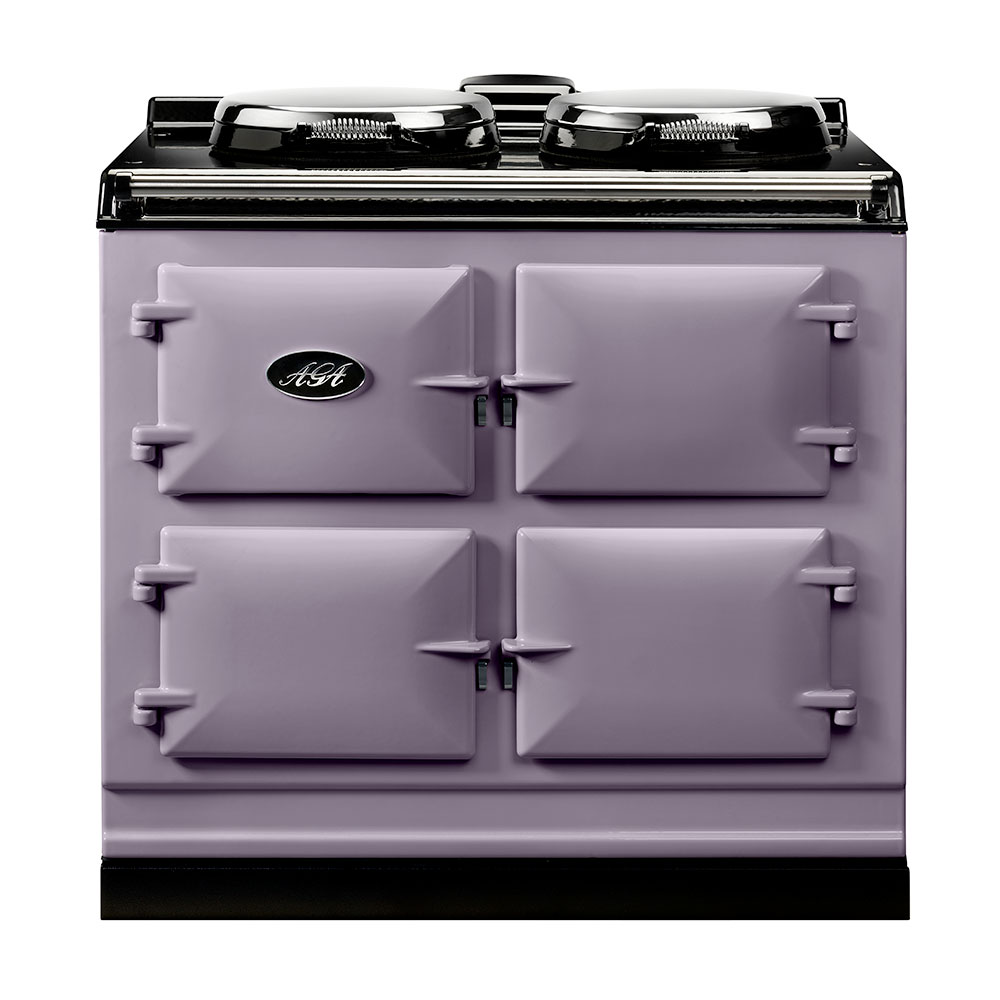
Buy now: AGA ER7 100 Electric in Heather, £12,695, AGA
AGAs have always been made in the same way. Molten iron is poured into moulds, left to cool, and then, rather than being spray-painted in minutes, multiple protective coats of vitreous enamel are applied. This process that takes three days but ensures your cooker will last for decades.
That said, there’s nothing old-fashioned about the brand. Mindful of the increasing importance of energy saving, it’s launched a line of models that can be switched on and off, as well as those that can be controlled with your smartphone.
I’ve got a soft spot for the City60, which finally made it possible for small kitchens like mine to host an icon.
The history of AGA
1922
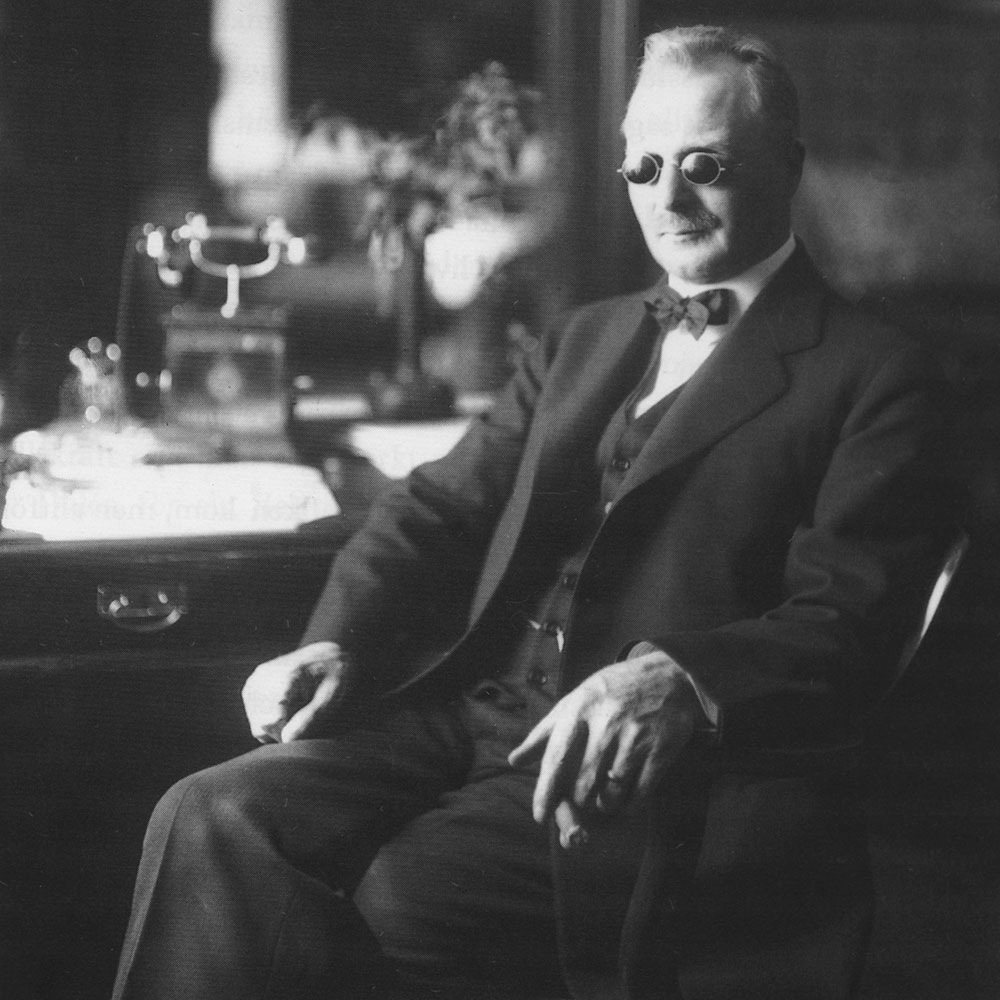
Nobel Prize-winning physicist Dr Gustaf Dalén invents the Aga as an alternative to the dangerous and inefficient stoves of the day.
Sign up to our newsletter for style inspiration, real homes, project and garden advice and shopping know-how
1929
The Aga comes to the UK from Sweden, where it’s hand-made in Smethwick, West Midlands.
1934
The Aga Cookbook is published by Sheila Hibben. Years later, Aga fan Mary Berry will write her own version.
1935-6
Advertising guru David Ogilvy, who inspired the TV show Mad Men, is hired to help market the AGA. The New Model Aga is created by a team including Ogilvy and Douglas Scott, who also designed the Routemaster bus.
1940s
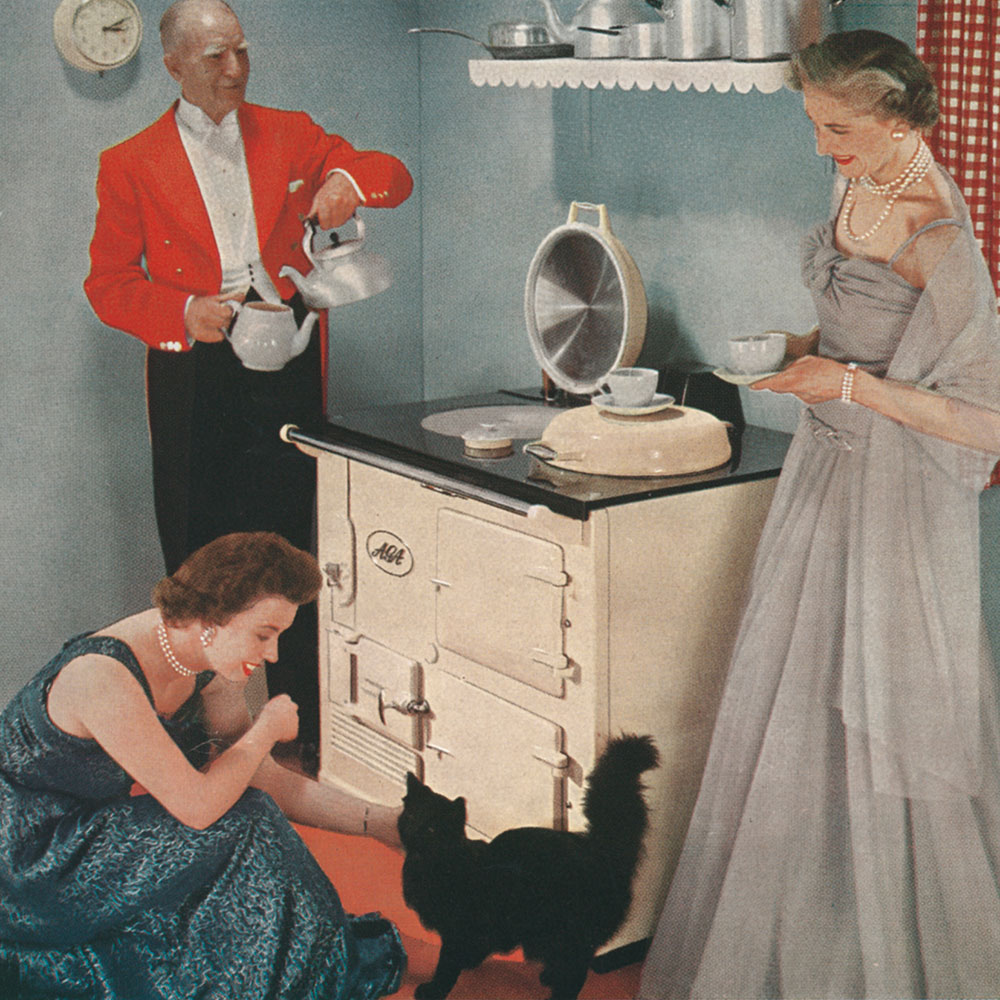
Waiting times for a new cooker reach 27 weeks.
1947
AGA production moves to the Coalbrookdale foundry, where it continues to this day.
1956

Pale blue, pale green, grey and white finishes are offered as alternative to cream.
1964
The first oil-fired AGA is introduced, followed by the first gas model in 1968.
1975
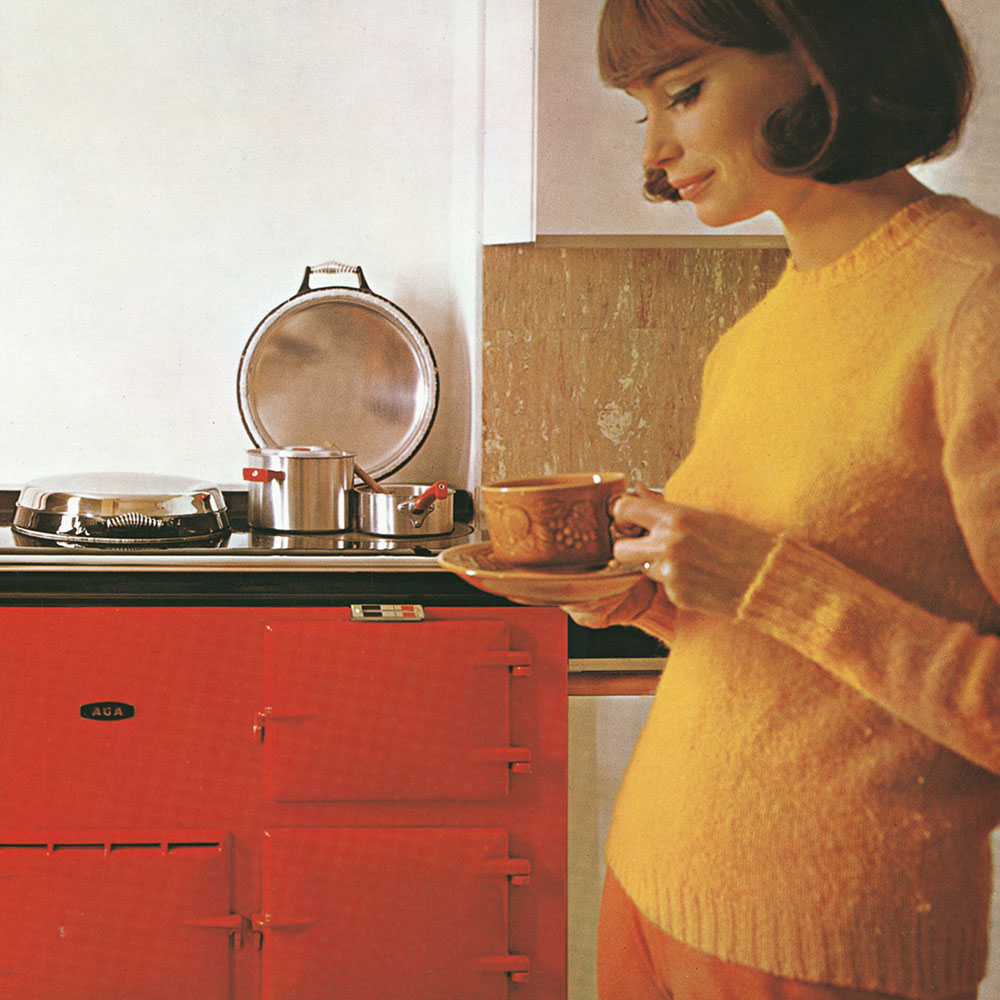
Aga experiments with the EL2 cooker, which is made of sheet metal and designed to look more like an ordinary cooker.
2003
A third ‘baking oven’ is added alongside the simmering and roasting ovens.
2004
The 13amp electric Aga is introduced. It doesn’t need a flue – just a regular plug.
2011
The Total Control becomes the first fully programmable Aga with an on/off switch
2012
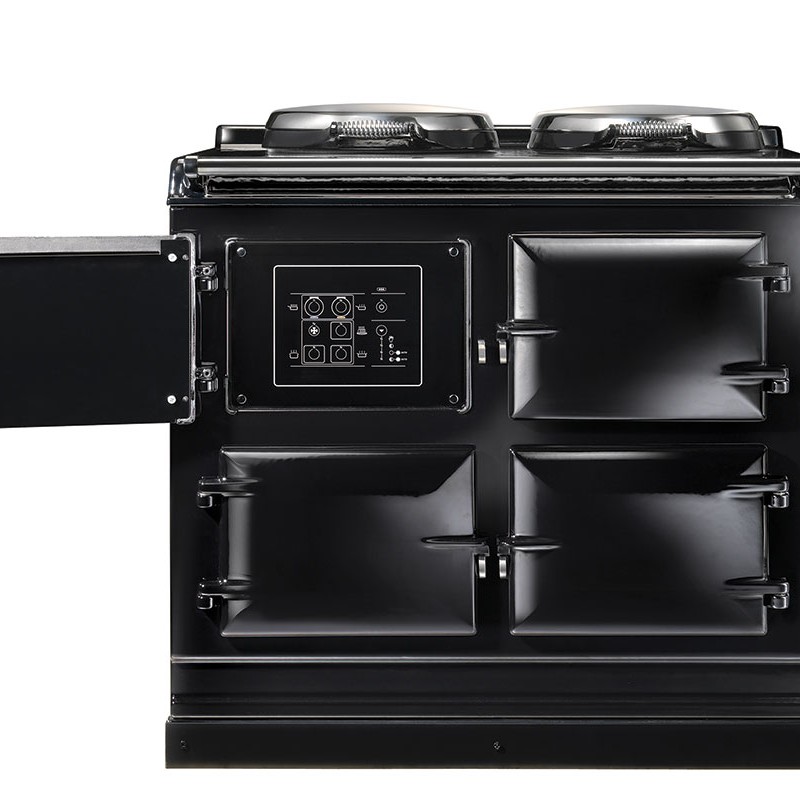
AGA adds the iTotal Control to its line up – it’s one of the first kitchen appliances that can be controlled remotely using a smartphone, PC or laptop.
2014
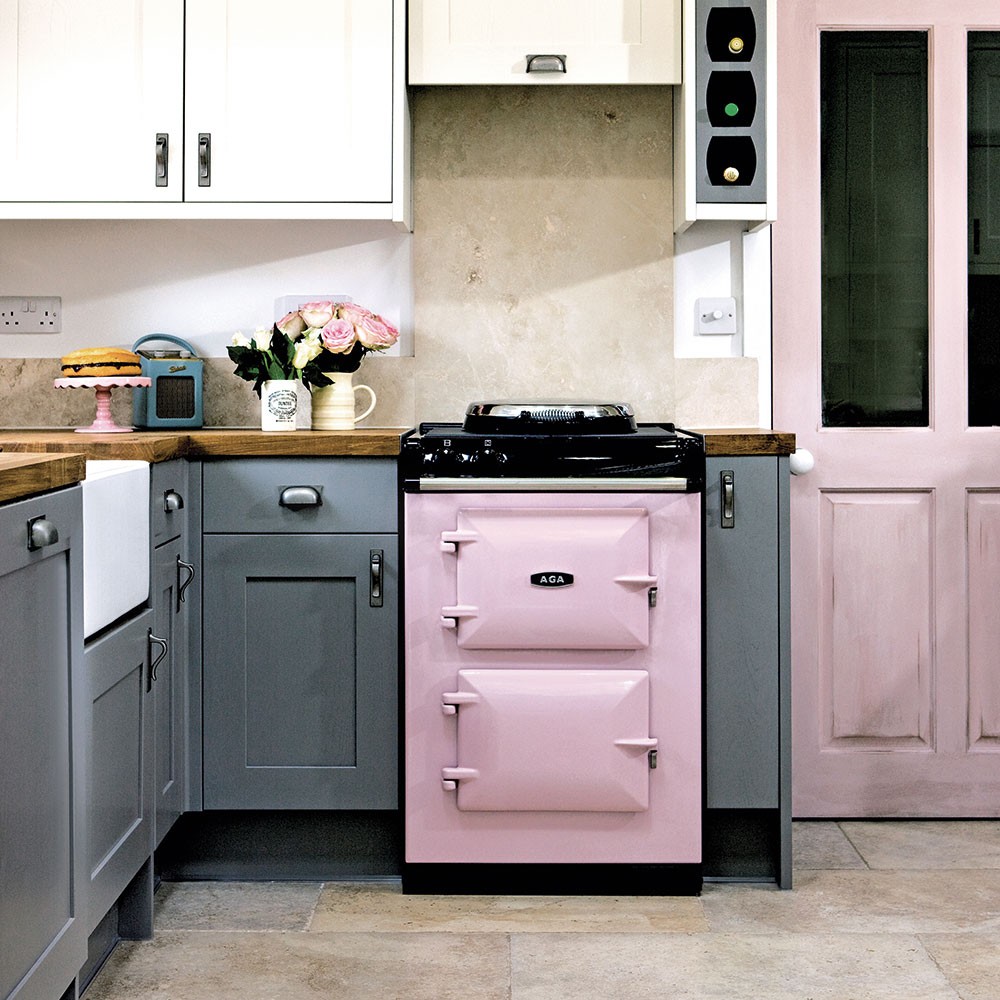
The City60 finally makes the Aga a realistic choice for smaller kitchens.

Amy Cutmore is an experienced interiors editor and writer, who has worked on titles including Ideal Home, Homes & Gardens, LivingEtc, Real Homes, GardeningEtc, Top Ten Reviews and Country Life. And she's a winner of the PPA's Digital Content Leader of the Year. A homes journalist for two decades, she has a strong background in technology and appliances, and has a small portfolio of rental properties, so can offer advice to renters and rentees, alike.